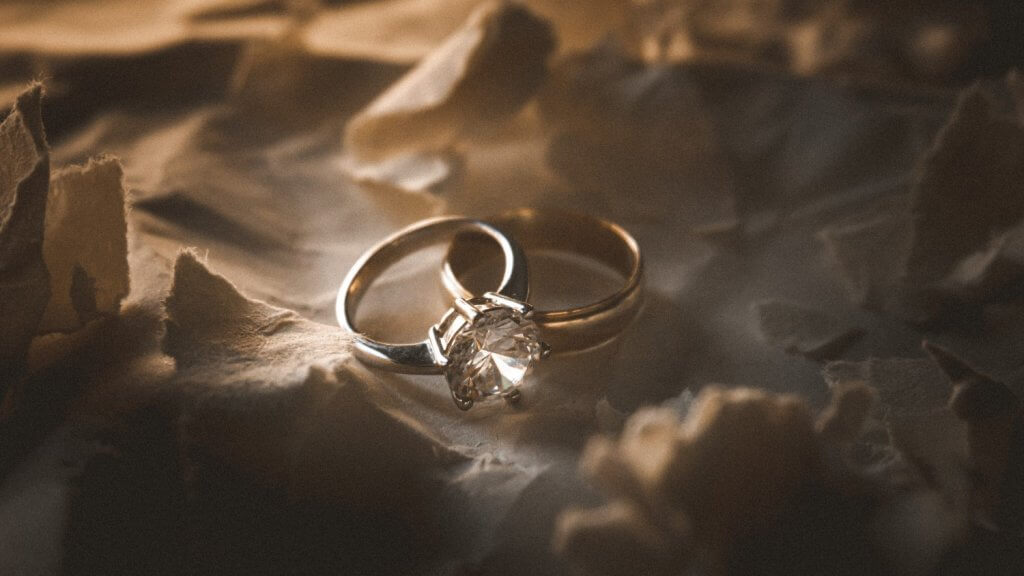Choosing F Color Diamonds: A Complete Guide
Key Takeaways
- The grade F in the GIA grading system is considered pretty close to ideal.
- An F colored diamond is essentially colorless.
- When it comes to purchasing an engagement ring, however, going for the F color diamond is not necessarily the right option.
- The differences are still essentially marginal, but due to its proximity to perfection, an F diamond will be far more expensive than the Near Colorless grades (G, H, I, and J).
- This means you will be committing a significant portion of your budget to an invisible trait, which is a waste.
- The F color is a very good grade, but there are many other avenues to go down when considering the best engagement ring for you.
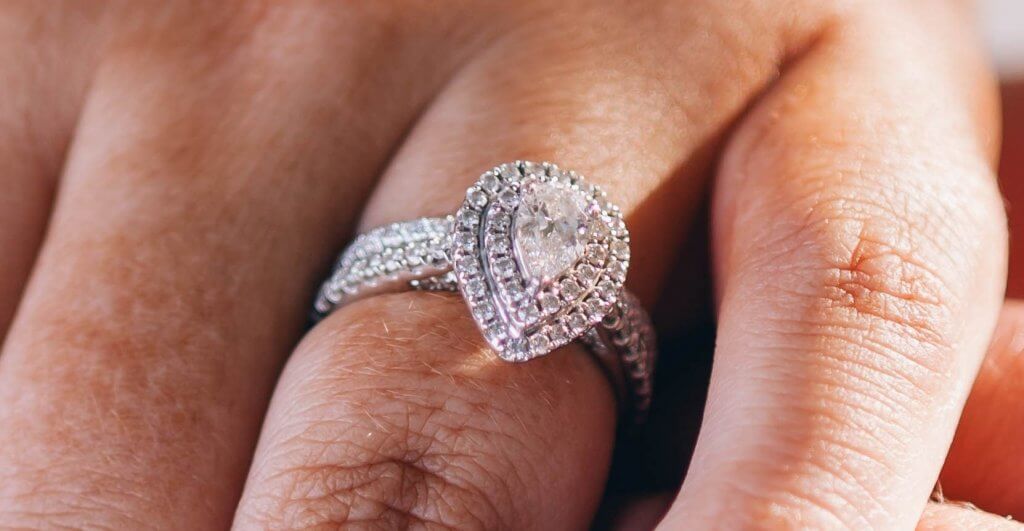
Whether you’ve already made yourself busy pouring over our guides to The Four Cs recently, or you’re totally new to the phrase ‘F Color Diamond’, the most important thing right now is that you find your bearings in this category before making any big commitments.
If quality was the only thing that mattered, and the only diamonds worth buying were those that had been graded at the very top of every GIA Scale out there, then your job (and, of course, ours) would be much, much easier. The only diamonds for sale would be those considered virtually perfect by gemologists, and the only people able to invest in diamonds would be those capable of paying that premium price that comes with perfection.
Obviously, that would leave most of us on the sidelines – and mean that countless beautiful diamonds were being overlooked simply because they’re not perfect.
F Color diamonds are pretty close to being considered perfect – and we’ll tell you more about that below – but they’re also a less-than-ideal choice for many shoppers looking to find the ideal diamond for their engagement ring. Confused? Don’t be – here’s why…
- The F Color Grade
- What Does F Color Mean in a Diamond?
- Is an F Color Diamond Good?
- Can You Tell the Difference Between G and F Color Diamonds?
- F Color and Price
- F Color and Clarity
- Is an F SI1 Diamond Good?
- Is an F VVS Diamond Good?
- What Does F Mean in Diamond Clarity?
- Our Summary
The F Color Grade
First off, the basics. From the meaning an F Color Grade holds in the objective worlds of the laboratory and the diamond market, to what an F Color Grade means for you and your engagement ring, here is the lowdown on diamonds that boast an F Grade in their GIA Report.
What Does F Color Mean in a Diamond?
A color F diamond is considered practically colorless – or, in other words, almost totally free from the yellow or brown tint that many diamonds naturally acquire as they develop underground. And, in all likelihood, you won’t be able to detect any discoloration at all when looking at an F Color diamond.
At this stage, the most important thing to keep in mind is that the Gemological Institute of America’s color scale runs from D to Z, meaning that the clearest diamonds are graded by the GIA as D Color Diamonds.
The difference between any consecutive color grades is very slight, and only when you get approximately halfway down the scale (around a grade K) will you start to really notice a yellowish tint to the diamonds. For this reason, it’s more important that you get used to the broader groups used within this scale.
For instance, any gemstone that is graded from D to F is regarded as ‘colorless’, with only the most minor differences between, say, a D diamond and an E diamond – and definitely too minor to be detected under normal lighting, and without the expert eye of the gemologist.
After that, we have the diamond grades grouped together under the category ‘Near Colorless’. This includes grades G, H, I and J, which are followed by ‘Faint Yellow’, ‘Very Light Yellow’ and ‘Light Yellow’ groupings all the way down to Z color diamonds. Fancy colored diamonds – whether blue, red, pink, yellow or green – are graded according to a separate scale, with this one just being used for clear diamonds.
Is an F Color Diamond Good?
Yes – in terms of diamond quality a stone graded with an F Color is very close to the ‘ideal’. However, in terms of investing, an F Diamond may not be your ideal choice, for many reasons.
The F Diamond’s proximity to a D grade gives it a certain amount of prestige on the diamond market – and, with that, a hefty price tag. Just as VVS diamonds are pretty coveted by collectors, for those who spend their lives collecting the very best quality diamonds they can find, an F Color is one of the most coveted grades, and it could mean that two otherwise similar diamonds differ in price by thousands of dollars.
Still, as we mentioned above, F belongs in the color group known as colorless. True, it’s not as colorless as a D color diamond but, in an everyday scenario (and not a diamond testing lab), you’re not going to be able to detect any real difference. It won’t show any signs of yellowing.
What does this mean for you? It means that, unless the sky really is the limit for your budget, you’re going to waste a good chunk of your investment if you decide not to settle for anything less than an F Color Diamond. The group of ‘near colorless’ diamonds we mentioned above (ranging from G Color Diamonds to J Color Diamonds) feature so little color that you’re unlikely to ever notice a difference, and any minor yellowing will evade you.
In essence, investing in an F Color Diamond means investing in the color grade itself, rather than the visual impact of the diamond. Since, even though an F Color Diamond will look truly beautiful, that beauty is still available for a lower cost, those leftover funds can be invested into the clarity or carat weight of the diamond instead.
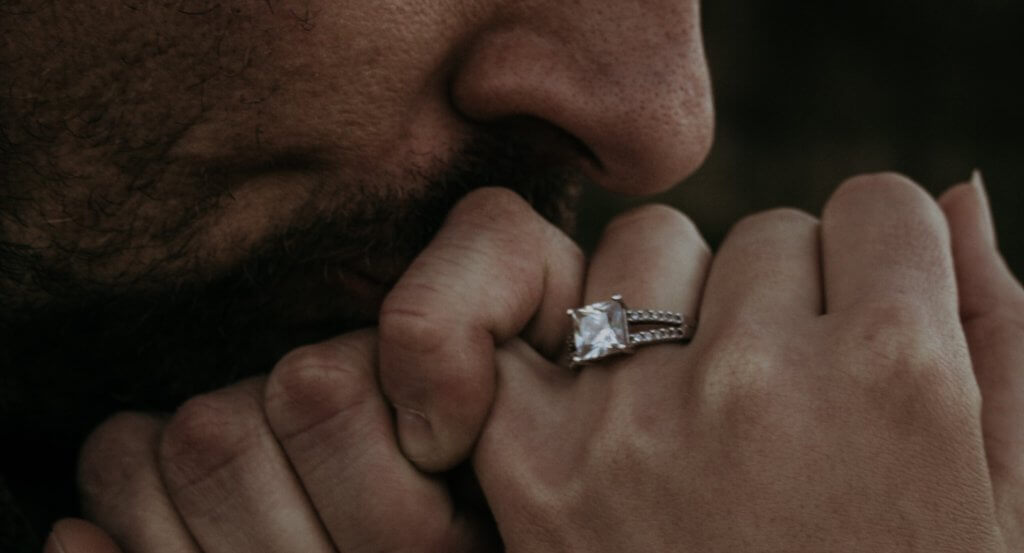
Can You Tell the Difference Between G and F Color Diamonds?
No, not unless you’re an expert jeweler or gemologist with the right lighting and equipment to detect the very minor differences that separate one diamond grade from the next.
If you were holding this F-VS2 Emerald Diamond in one hand, and this G-VS2 Emerald Diamond in your other hand, then we’re willing to bet you wouldn’t be able to notice a difference – despite the fact that, according to their unique GIA Diamond Reports, there absolutely is one.
Similarly, if you were to make two identical rings using two diamonds that were equal in every respect except color – with one being an F Color and one being a G Color – then you’d probably have a hard time figuring out which was more valuable. If the difference was much more significant –say, an F Diamond and a faintly yellow L Color Diamond, you would.
This is why we recommend looking at the color grades in terms of those separate groupings, rather than the individual letters. The most major difference falls between J and K Diamonds, which, as we mentioned above, happen to fall on the cusp of ‘Near Colorless’ and ‘Faint Yellow’, and that’s why we always recommend going no lower than J.
For you, the most discernible difference between F and G Color diamonds will be price. For those two diamonds, provided they are pretty much the same in terms of Cut, Clarity and Carat, the price difference could amount to a few hundred dollars – all of which will be paying for the prestige of owning an F Color Diamond, rather than for the visual impact.
After all, you wouldn’t be able to tell the difference between a 1 carat or a 1.1 carat diamond, just as you would struggle to know whether you were looking at a diamond with a clarity rating of VVS2 or VS1. Provided you stick to the higher end, and ensure you are always above a certain level for quality, you don’t need to aim for the very best money can possibly buy. It might carry a certain amount of prestige, but that’s about it.
F Color and Price
As with any aspect of a diamond, it all boils down to price in the end. Making a wise investment is a process of many parts, since all of the four Cs impact the diamond’s appearance in their own way, and neglecting one means ending up with something too small or too flawed to have the impact you’re looking for.
Are F Color Diamonds Worth it?
Not unless you’ve already found a diamond with the carat weight, cut, and high clarity you’re looking for, and still have the budget leftover to invest in such a high color grade.
We’d never say that F Color Diamonds should never find their way into engagement rings, but that, if you’re worried that you’re getting pretty close to the edge in terms of budget, you can certainly afford to lose three or four color grades before any discoloration starts to show.
If your heart has been stolen by a diamond that bears the right cut, quality, and size, and it just so happens to be an F Color, there’s nothing inherently wrong with picking it.
But, if you’re feeling compelled towards F Color simply because there’s a little voice in the back of your head that’s resisting an objectively ‘lower’ quality, try to shake it off before you head out for your consultation with the jeweler.
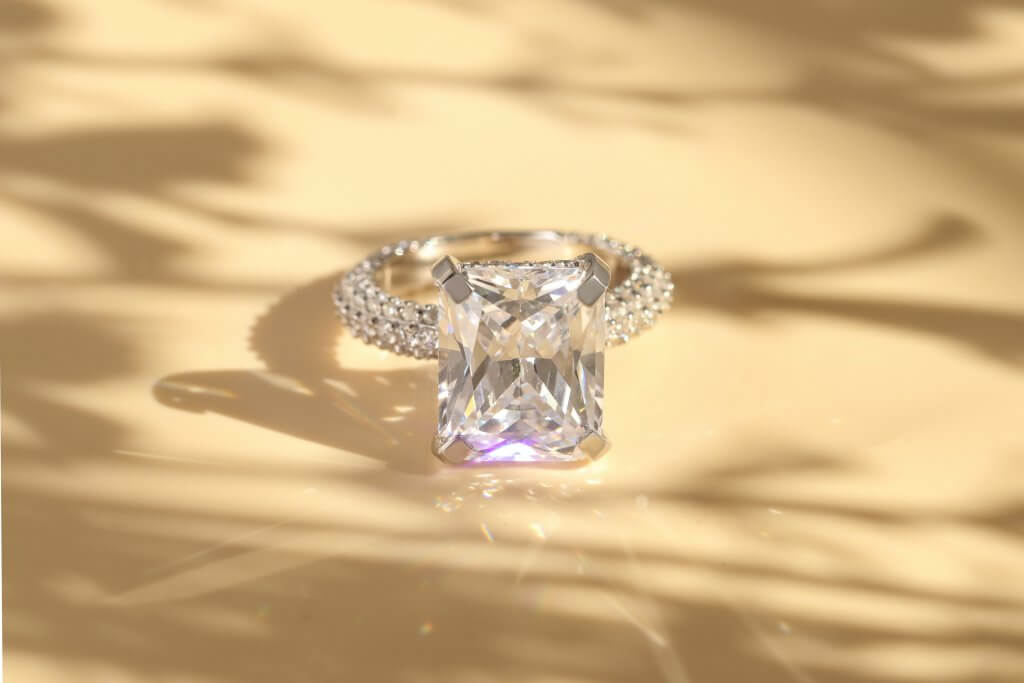
F Color and Clarity
Quite a lot of the time, color and clarity are weighed up against one another – more often than color is weighed up against carat or cut. This is because color and clarity refer to the negative characteristics that are found in diamonds, since both discoloration and inclusions are considered flaws that ought to be avoided as much as possible. Where these flaws are kept to a minimum, the price goes up significantly.
So, when buying a diamond, you need to find a good balance between investing in color and investing in clarity.
Is an F SI1 Diamond Good?
It’s not exactly ideal. While an F Color Diamond will mean the diamond looks free from any yellowing, it would be better to meet in the middle with, say, a G VS2 diamond, which stands a better chance of being eye clean.
Remember what we said about how the difference between an F Color Diamond and, say, a G or H Colored Diamond will be far more significant for your wallet than it will be for your naked eye? Well, this is where that notion comes into play.
As the name suggests, an SI1 diamond features slight inclusions. While this isn’t necessarily a dealbreaker, we would always recommend that buyers aim for a slightly higher clarity grade. A VS1 diamond, for instance, will offer eye cleanliness – or, in other words, the appearance of near-flawlessness without the price tag.
The naked eye simply can’t pick up on flaws that subtle. This is a great benefit to shoppers, particularly because it works both ways: we can’t tell the difference between VS and VVS, meaning we can save money by opting for VVS, just as we can’t tell the difference between F Diamonds and H Diamonds, meaning we can save a little extra there, too.
F-S1 Diamonds can look beautiful. This 1.51 Carat F-SI1 Princess Diamond is a prime example of a diamond’s natural tendency toward beauty, even when it’s technically flawed.
Still, as far as balancing your investment goes, there are better ways to do it that would enable to you to get a diamond much closer to eye cleanliness.
Is an F VVS Diamond Good?
Yes and no. An F Color VVS Diamond will appear flawless. Any discoloration or inclusions will go unnoticed, and you can invest with full confidence in the eye cleanliness of your diamond. Still, you can get that same level of confidence from a diamond that has been graded slightly lower in terms of color and clarity, meaning more money is left over for buying a diamond with a larger carat weight.
Of course, you may be happy with a slightly smaller diamond. In which case, there’s nothing wrong with investing into an F-VVS Diamond. If, however, you’re interested in getting the very most out of your budget, then a VS diamond that is near-colorless, rather than colorless, will be a much wiser choice.
What Does F Mean in Diamond Clarity?
F is only used as a grade for Color, rather than Clarity, which is instead graded from FL (meaning flawless) to I3 (meaning included).
The GIA devised these separate diamond grading systems in order to make it quick and easy for buyers to understand what characteristics were causing a diamond’s high (or low) value. If a diamond has an F Color, then it only takes a second for us to realize why it costs a little more than the J Color diamond next to it, for instance.
Similarly, if a diamond is listed as F-SI2, it only takes a brief moment for a buyer to understand that it may not be the best choice for them.
Our Summary: Should You Invest in an F Color Diamond?
Not if it means sacrificing an aspect that has a more significant impact on the look of the diamond.
The ‘best’ diamond will be different for everyone, depending on their budget, taste, and priorities. Still, a wise investment can be measured against what the diamond looks like, rather than what is written on its papers.
Don’t get us wrong – the GIA Diamond Report is vital, and not just because it confirms the authenticity of your diamond. It’s vital because it gives you something concrete, with which you can understand more about your chosen diamond – and know whether or not you’re paying a good price for it.
Still, appearance remains the most important. It has to sparkle and draw the eye for all the right reasons. You don’t want a yellow diamond, just as you don’t want a diamond full of clearly visible inclusions, or a diamond that has been cut asymmetrically, or one that is too small to capture and emit light in the way we all expect.
It is possible to avoid all those undesirable outcomes, but that is where the concept of a ‘wise investment’ becomes key.
F Color is a very good grade, but it is rivaled by many diamonds that are near-identical in every respect except the one that will prove most compelling to you: price.
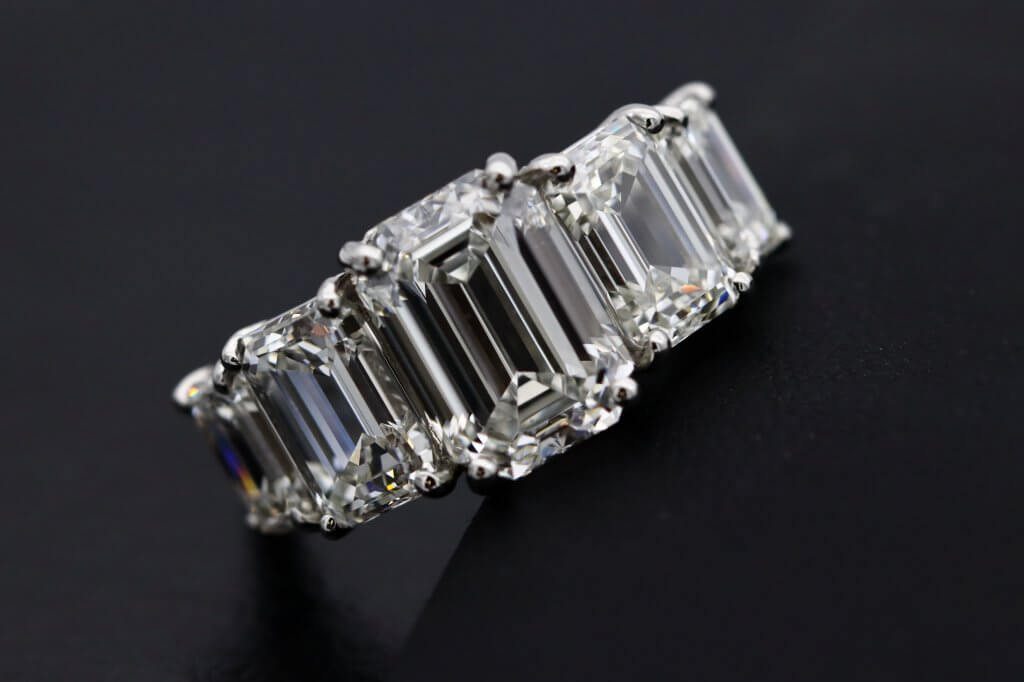
Sep 24, 2021 By Willyou.net
Choosing D Color Diamonds: A Complete Guide
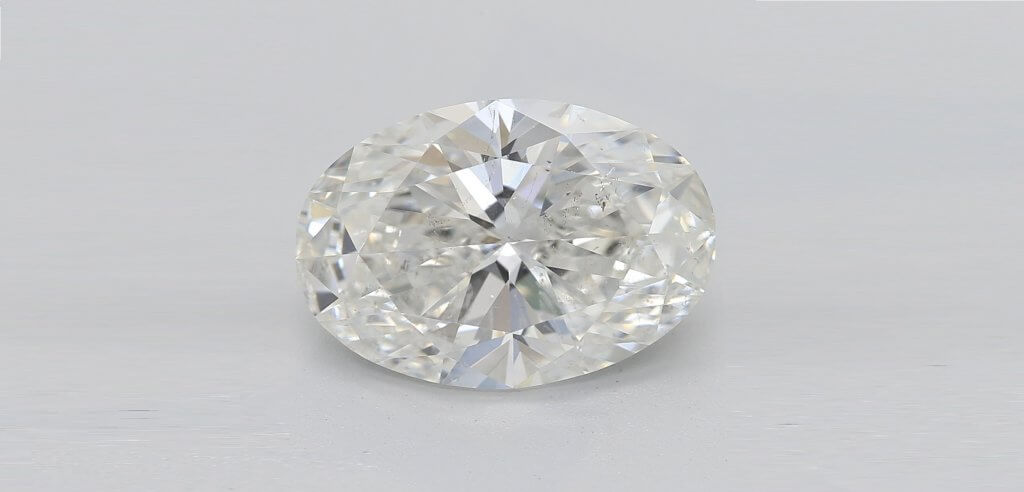
Jul 18, 2022 By Willyou.net
What You Didn’T Know About I Color Diamonds
